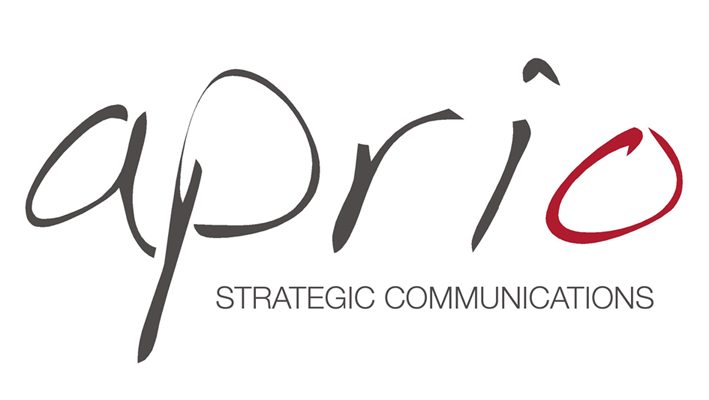Don’t worry; we have a host of alternatives for you

The advice to avoid jargon in writing is age-old and common. It's also
smart.
We send press releases, blog posts, and other content aimed at
particular audiences, because we want people to read and grasp the information
and act on it in some way. That can’t happen if they have to struggle, even a
little bit, to understand the message.
Knowing we’re supposed to banish
jargon is the easy part. Doing it, though, can be excruciatingly hard—especially
when a deadline looms.
So, here are 11 of the worst culprits from
corporate communication. In my view, these words and phrases should never appear
in a press release, email, or other tool used to convey
information.
Here, too, are suggestions for replacements for each one.
The substitutes are not exact synonyms in many cases, but they are simple and
clear words that could work in place of the jargon, depending on the context.
Next time you get stuck and can’t find a way around “mission-critical," just
take out this list and try to swap that phrase with something
clearer.
1. utilize ➙ use, show, fill, take, apply,
push, work
2. end-user ➙ client, customer, audience,
shopper, buyer
3. synergy ➙ team, powerful, effective,
stronger, more, together
4. mission-critical ➙ main,
big, major, central, chief, crucial
5. win/win ➙ good,
smart, strong, clear, sound, skillful
6. value-added ➙
worthwhile, effective, better, helpful, ahead
7. ideate
➙ create, think, craft, whir, plan, test, solve
8.
operationalize ➙ make, do, put, carry, finish, use, see,
work
9. scalable ➙ grow, expand, wide, more, big,
spread, include
10. deliverables ➙ results, value,
outcome, change, effect
11. outside the box ➙ different,
bold, striking, unique, brave, exciting
Let me know whether these work
for you. Also, if jargon isn’t tripping you up as much as writer’s block is,
here’s
another post to help you break free and get
unstuck.
[
RELATED: Become a more efficient writer and editor after one day of
training.]
Becky Gaylord worked as a reporter for more than 15
years in Washington, D.C., Cleveland, and Sydney, Australia, before she launched
the consulting practice, Gaylord LLC.
You can read Becky’s blog Framing
What Works, where a version of this story first appeared. This article first
ran on Ragan.com in June 2012.
